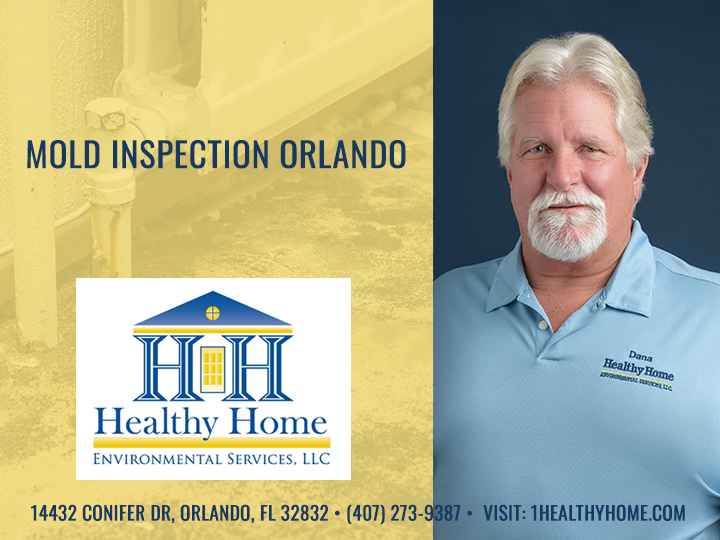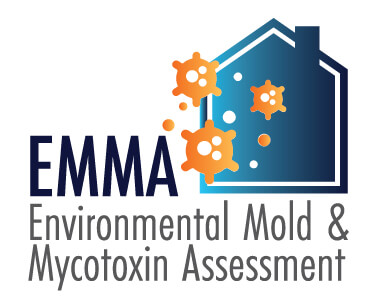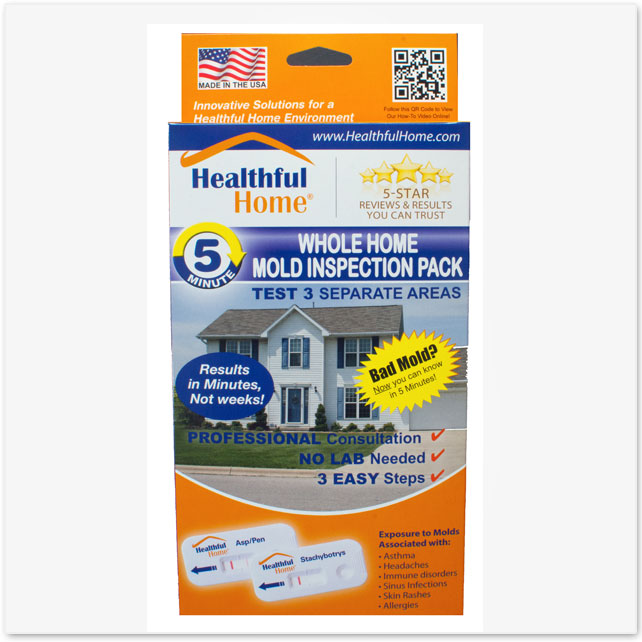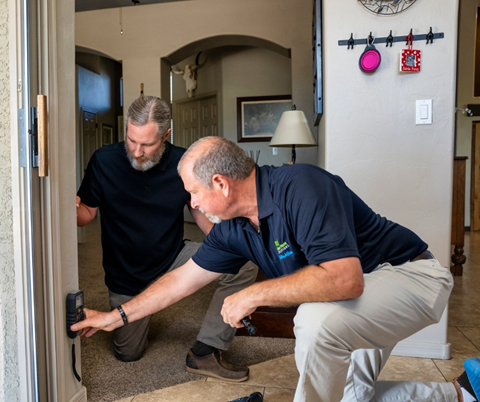Optimize Your Conformity with Trusted Mycotoxin testing Services Solutions
Optimize Your Conformity with Trusted Mycotoxin testing Services Solutions
Blog Article
How Mycotoxin Testing Assists Stop Contamination and Guard Food Supplies

Mycotoxin screening is an indispensable method in the food sector, offering as a frontline defense versus contamination by harmful toxic substances generated by mold and mildews. With the application of advanced strategies like High-Performance Fluid Chromatography (HPLC) and Liquid Chromatography-Mass Spectrometry (LC-MS), food producers can precisely identify and quantify mycotoxin levels in farming products.
Comprehending Mycotoxins
Recognizing mycotoxins starts with identifying that they are hazardous secondary metabolites created by specific molds, which can pollute agricultural products. These metabolites are not important for the growth or reproduction of the fungi yet can have extreme implications for human and animal health. Mycotoxins are commonly located in staple plants such as corn, wheat, barley, and nuts, where they can multiply under certain conditions of moisture and temperature level.
There are a number of types of mycotoxins, each generated by different fungal varieties. Fusarium varieties create fumonisins and trichothecenes, both of which are connected with different severe and persistent health issues.

Risks of Mycotoxin Contamination
The dangers of mycotoxin contamination are diverse, posing considerable threats to both food safety and public health. Mycotoxins, hazardous compounds created by specific kinds of fungis, can pollute a vast range of farming items consisting of grains, nuts, seasonings, dried fruits, and coffee.
Economic effects are another major problem. Polluted crops can cause substantial monetary losses for farmers and food manufacturers as a result of decreased returns and the demand for pricey decontamination actions. Moreover, international profession can be considerably impeded as countries impose stringent mycotoxin regulations to protect their populaces, bring about turned down shipments and stretched profession relations.
Environmental factors such as climate modification aggravate the risk of mycotoxin contamination. Variations in temperature level and moisture can develop favorable problems for fungal growth, enhancing the probability of contamination events. Therefore, understanding and reducing these threats are essential for guaranteeing the safety and stability of global food products.
Methods of Mycotoxin Examining
Properly recognizing mycotoxin contamination in farming items is vital for guarding public health and wellness and maintaining food safety requirements. Different methods are used to identify and measure mycotoxins, each offering details benefits and limitations.
High-Performance Liquid Chromatography (HPLC) is a widely used method because of its high sensitivity and precision. It entails separating mycotoxins from various other substances in a sample, allowing exact metrology. Liquid Chromatography-Mass Spectrometry (LC-MS) incorporates liquid chromatography with mass spectrometry to provide thorough molecular info, making it specifically helpful for recognizing multiple mycotoxins at the same time.

Gas Chromatography-Mass Spectrometry (GC-MS) and Thin-Layer Chromatography (TLC) are likewise employed, each with one-of-a-kind applications. GC-MS is reliable for unpredictable mycotoxins, while TLC provides an easier, affordable alternative for preliminary testing.
Benefits of Routine Testing
Normal screening for mycotoxins in agricultural items provides numerous advantages, considerably adding to public health and wellness and food security. By identifying contamination early, normal screening helps prevent the circulation of toxic foods, consequently minimizing the threat of mycotoxin-related health problems amongst customers. This proactive technique not just safeguards human wellness yet additionally improves the general quality of food products.
Regular testing likewise supports governing compliance. Various nations and areas have actually developed rigid limitations for mycotoxin levels in food and feed. Following these limits through routine screening makes certain that suppliers and manufacturers satisfy lawful standards, therefore preventing fines and profession barriers. Keeping conformity cultivates customer count on and brand name track record, which are essential for market success.
Furthermore, routine mycotoxin screening can bring about substantial financial benefits. Early discovery of contamination enables prompt treatment, lowering possible losses from extensive contamination. Executing routine screening procedures can also decrease recall expenses and relevant obligations, which more information can be financially ravaging.
Additionally, routine testing provides valuable information that can notify far better farming techniques and storage problems. By understanding patterns of contamination, producers can embrace preventative actions, therefore contributing and reducing future risks to the sustainability of the food supply chain.
Implementing Evaluating Procedures
Applying efficient mycotoxin screening methods is important for ensuring the security and high quality of farming products. Each phase has to be scrutinized to identify where mycotoxin contamination is most likely to take place.
When critical control factors are identified, choosing appropriate testing methods is essential. Usual techniques include enzyme-linked immunosorbent assay (ELISA), high-performance liquid chromatography (HPLC), and mass spectrometry (MS) Each approach has its weak points and toughness; thus, picking the proper one relies on the specific mycotoxin being tested, the called for sensitivity, and readily available sources.

Finally, incorporating the screening procedures into an extensive food safety monitoring system is advisable. This boosts traceability and enables quick restorative activities when contamination is detected, consequently guarding the honesty of the food supply chain.
Conclusion
Mycotoxin screening is important in avoiding contamination and guarding food materials by allowing very early detection of hazardous toxins created by molds in agricultural items. Normal screening boosts brand track record, economic security, and count on in food security by minimizing contamination-related losses and keeping high standards in food manufacturing.
Mycotoxin screening is an indispensable practice in the food industry, serving as a frontline defense versus contamination by dangerous toxins produced by molds. An integrated strategy entailing farming practices, storage monitoring, and normal testing can alleviate the threats linked with mycotoxin contamination, guaranteeing food safety and security and public health and wellness.
The risks of mycotoxin contamination are multifaceted, presenting substantial hazards why not try here to both food security and public health.Routine testing for mycotoxins in agricultural products uses various benefits, substantially adding to public health and wellness and food security.Mycotoxin testing is important in stopping contamination and securing food materials by making it possible for early detection of dangerous toxins produced by mold and mildews in agricultural items.
Report this page